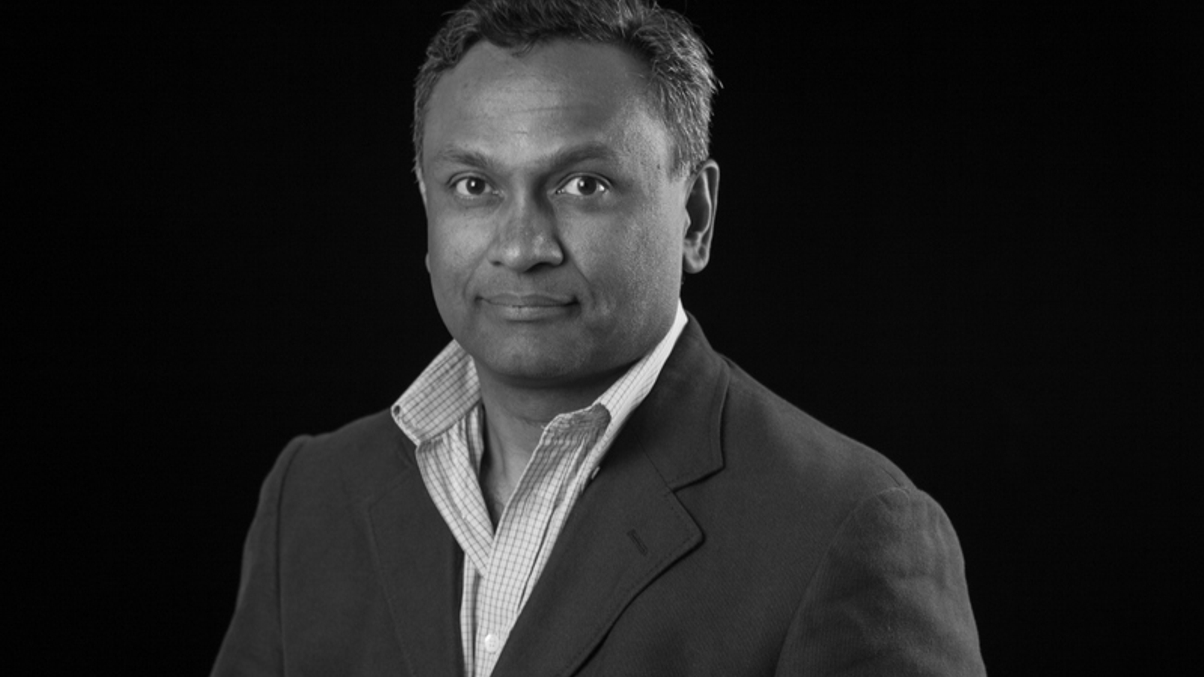Sparks fly in economic divergence debate
Experts at an AsianInvestor forum voice wildly differing views on the drivers of global economics and whether the US Federal Reserve will raise rates next year.

Divergence has become a buzzword in global economic circles of late and it was out in force yesterday at a forum organised by industry body Asia IRP in partnership with AsianInvestor.
Sign In to Your Account
Access Exclusive AsianInvestor Content!
Please sign in to your subscription to unlock full access to our premium AI resources.
Free Registration & 7-Day Trial
Register now to enjoy a 7-day free trial—no registration fees required. Click the link to get started.
Note: This free trial is a one-time offer.
¬ Haymarket Media Limited. All rights reserved.


